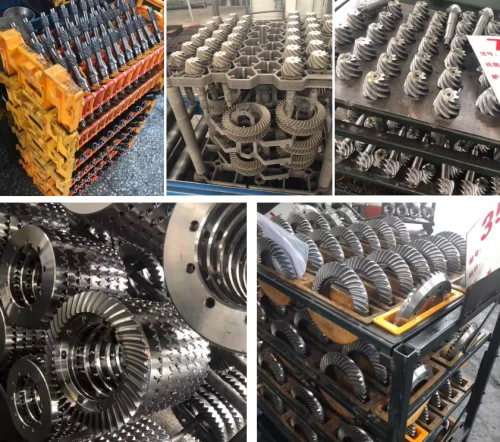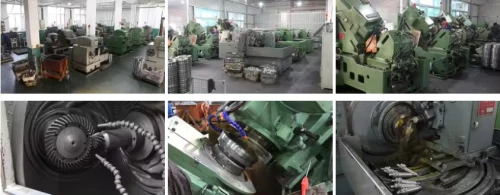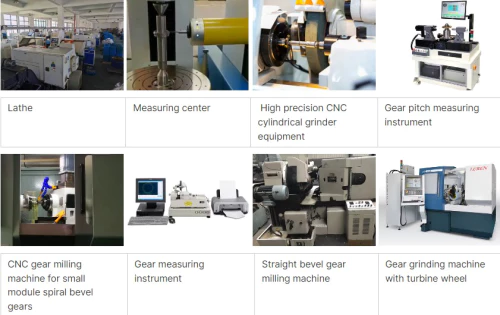Forging Bevel Gear Metallurgical Analysis
1. Introduction
Forging bevel gears are a type of bevel gears that are manufactured through the forging process. Forging involves shaping metal through the application of localized compressive forces, typically using a die or hammer. In the case of bevel gears, the forging process is used to form the gear teeth and create the desired gear geometry.
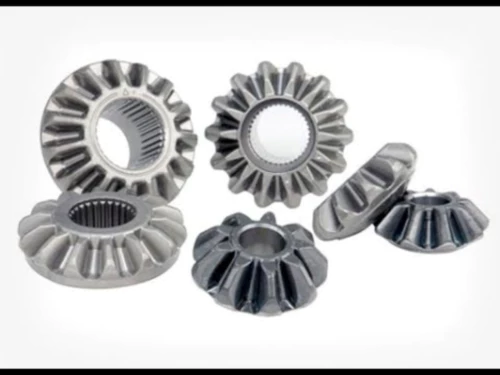
2. Advantages of Forging Bevel Gears
2.1 High Strength
Forging bevel gears exhibit high strength due to the compaction of metal during the forging process. This results in a dense and uniform microstructure with improved mechanical properties.
2.2 Improved Fatigue Resistance
The forging process enhances the fatigue resistance of bevel gears, making them suitable for demanding applications with cyclic loading.
2.3 Precise Gear Tooth Geometry
Forging allows for the creation of precise gear tooth geometry, ensuring accurate and efficient power transmission.
2.4 Cost-Effectiveness
Forging bevel gears offer cost-effectiveness in terms of material utilization and production efficiency.
2.5 Versatility in Material Selection
Forging can be performed on a wide range of materials, providing flexibility in material selection for bevel gears.
2.6 Enhanced Structural Integrity
The forging process improves the structural integrity of bevel gears, reducing the risk of failure and enhancing overall performance.
2.7 Tailored Mechanical Properties
Forging allows for the customization of mechanical properties to meet specific application requirements.
2.8 Reduced Lead Time
Forging bevel gears can be produced with shorter lead times compared to other manufacturing methods, ensuring timely delivery.
2.9 Environmental Sustainability
Forging is a sustainable manufacturing process that minimizes material waste and energy consumption, contributing to environmental conservation.
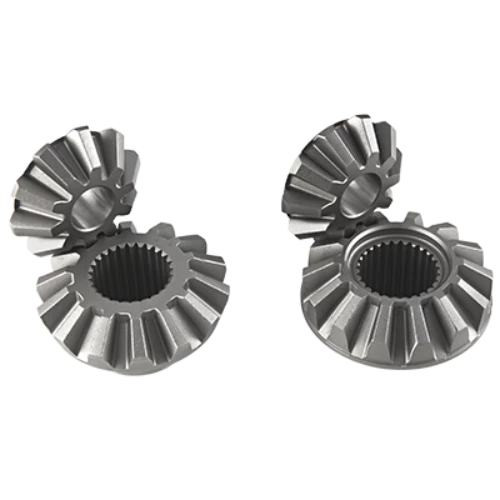
3. Working Principles
Forging bevel gears operate based on the fundamental principles of gear mechanisms. They consist of two intersecting shafts, each with a conically shaped gear (bevel gear) mounted on it. The teeth of the bevel gears are designed to have a specific tooth profile, such as straight, spiral, or hypoid, depending on the application requirements.
When the input shaft rotates, the engagement of the teeth of the bevel gears causes a transfer of rotational motion and torque to the output shaft. The contact between the mating teeth ensures power transmission while maintaining proper alignment and smooth operation.
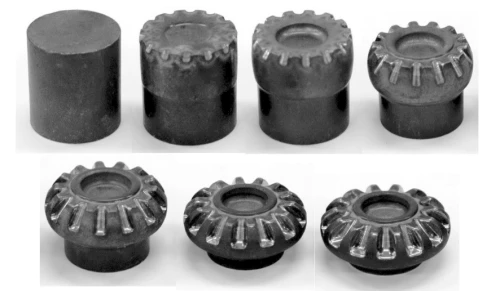
4. Applications
Forging bevel gears find applications in various industries. Some of the key industries where they are commonly used include:
4.1 Automotive Industry
Forging bevel gears are utilized in automotive transmissions, differential systems, and steering mechanisms.
4.2 Industrial Machinery
They are used in a wide range of industrial machinery, such as gearboxes, conveyors, and printing presses.
4.3 Aerospace and Defense
Forging bevel gears play a crucial role in aerospace and defense applications, including aircraft engines, helicopters, and military vehicles.
4.4 Renewable Energy
They are employed in wind turbines and other renewable energy systems to convert rotational motion into electrical energy.
4.5 Marine and Shipbuilding
Forging bevel gears are used in marine propulsion systems, steering mechanisms, and offshore equipment.
4.6 Agricultural Machinery
They find applications in agricultural machinery, such as tractors, harvesters, and irrigation systems.
4.7 Power Generation
Forging bevel gears are essential components in power generation equipment, including turbines and generators.
4.8 Robotics and Automation
They are utilized in robotics and automation systems to transmit motion and torque between various components.
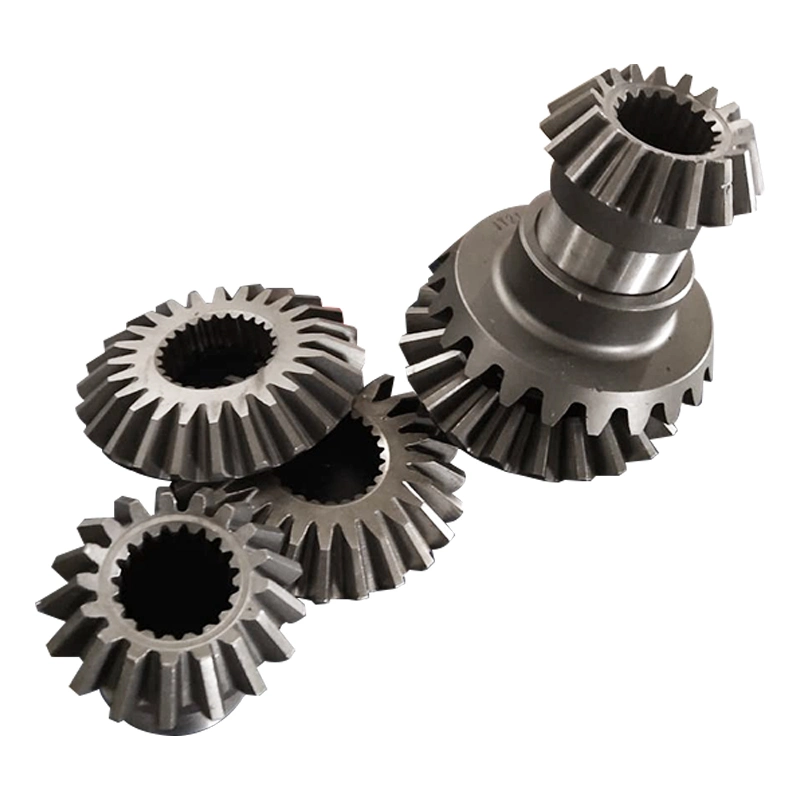
5. Installation and Maintenance
5.1 Installation
Proper installation of forging bevel gears is crucial for their optimal performance and longevity. Key installation steps include:
- Proper Alignment
- Lubrication
- Mounting Bolts
- Inspection
5.2 Maintenance
Regular maintenance is essential to ensure the reliable operation of forging bevel gears. Maintenance activities include:
- Lubrication
- Cleaning
- Inspection
- Replacements
- Gearbox Maintenance
- Load Monitoring
- Training and Expertise
- Record-Keeping
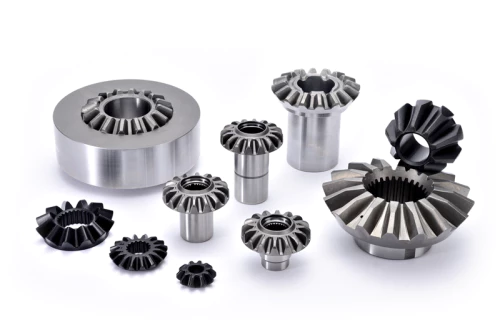
6. Selecting the Right Forging Bevel Gear
Choosing the appropriate forging bevel gear for a specific application requires careful consideration of various factors:
- Application Requirements
- Design and Specifications
- Material Selection
- Quality and Reliability
- Load-Carrying Capacity
- Efficiency and Performance
- Customization and Adaptability
- Cost Considerations
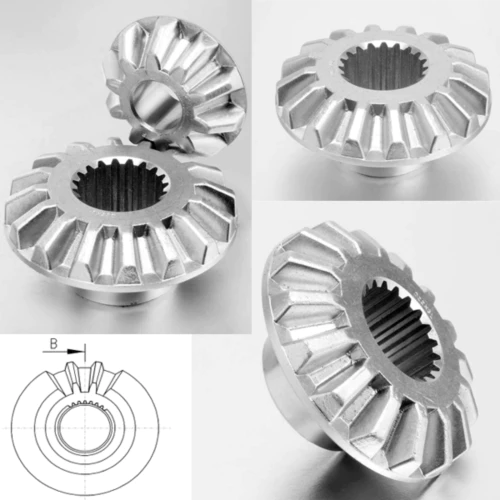
7. Shaoxing Chaoli – Your Trusted Gear Manufacturer
Shaoxing Chaoli is a professional manufacturer of gears in China. We are dedicated to providing high-quality products, fair prices, and perfect services to meet the needs of our customers.
Our products are exported to different countries such as Spain, the Netherlands, the United States, South Korea, Turkey, and Russia. We strive to help customers develop new products and solve technical and quality problems.
In addition to forging bevel gears, Shaoxing Chaoli offers other gear products such as Worm Gear, Spiral Bevel Gear, Helical Gear, Spur Gear, Plastic Gear, and Metric Gear Rack. We welcome inquiries for customized products to meet specific requirements.
With a team of experienced engineers and a complete set of strict quality management systems, Shaoxing Chaoli has considerable competitiveness in the gear manufacturing industry.
Choose Shaoxing Chaoli as your gear supplier and partner to develop together and create brilliance.
